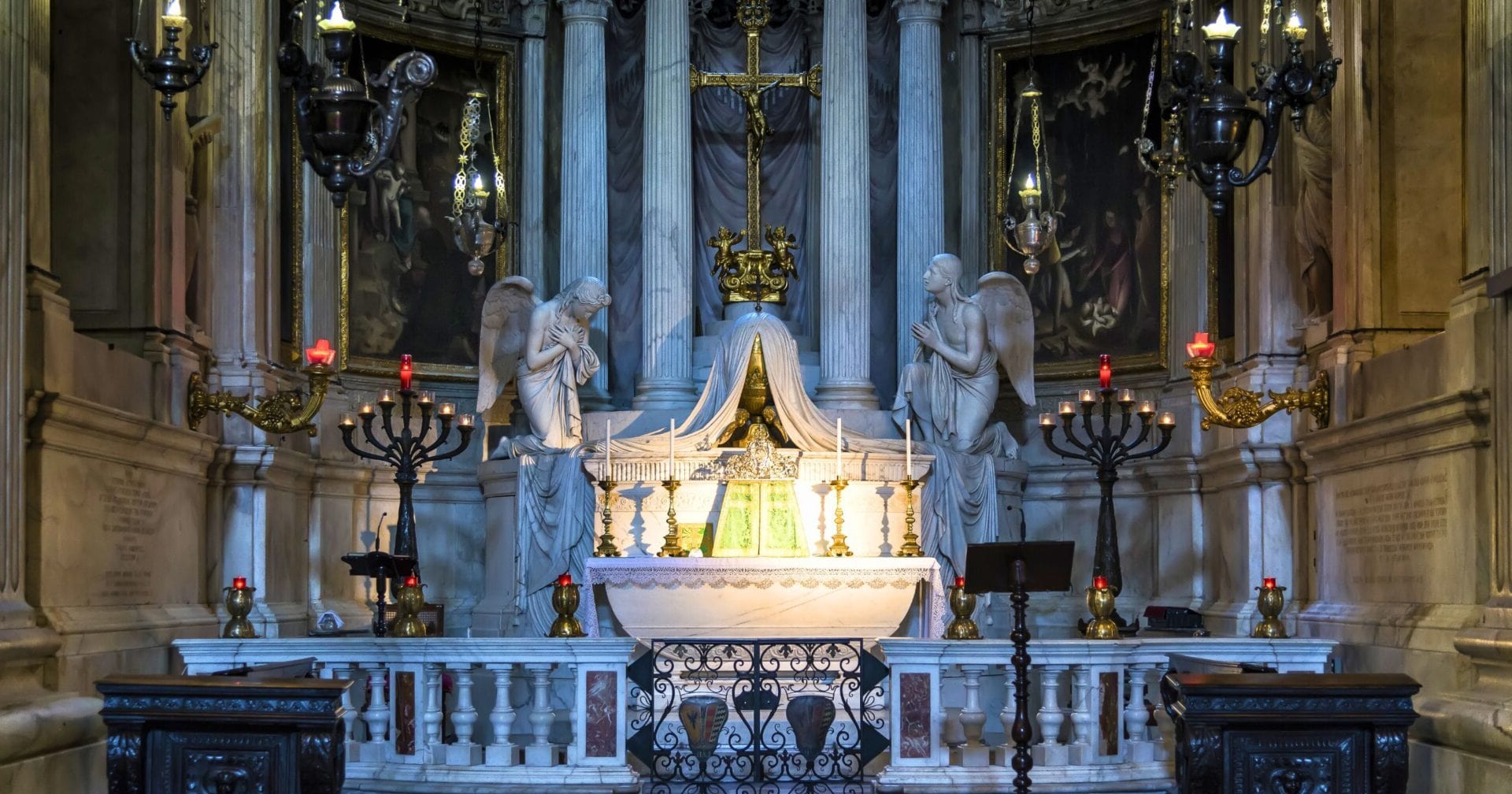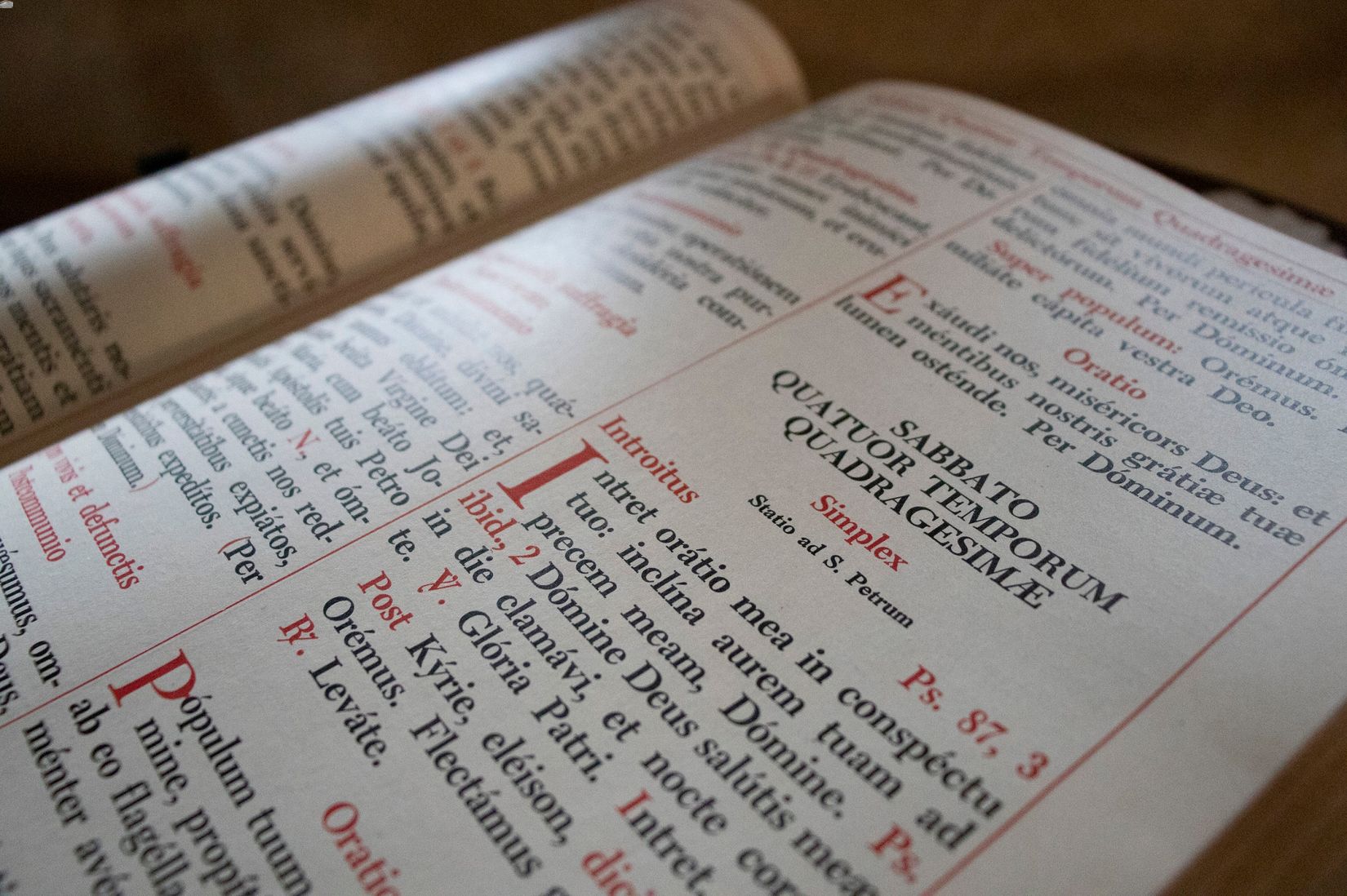
Altars have been central to many cultures and religions throughout history. But what exactly makes them so significant? Altars serve as sacred spaces for rituals, offerings, and prayers. They can be found in temples, churches, homes, and even outdoors. These structures come in various shapes, sizes, and materials, reflecting the beliefs and traditions of those who use them. From ancient stone structures to modern-day wooden tables, altars have evolved but their purpose remains the same: to connect the physical world with the spiritual. Whether you're curious about their history or their role in different cultures, these 30 facts will give you a deeper understanding of altars and their enduring importance.
Ancient Origins
Altars have a rich history, dating back to ancient civilizations. They served as focal points for religious and spiritual activities.
- The earliest known altars date back to the Neolithic period, around 10,000 BCE.
- Ancient Egyptians used altars in their temples to offer food and gifts to their gods.
- In ancient Greece, altars were often located outdoors, dedicated to various deities.
- The Romans adopted Greek altar practices but added their own rituals and deities.
Religious Significance
Altars play a crucial role in many religions, acting as a bridge between the divine and the earthly.
- In Christianity, altars are central to the celebration of the Eucharist.
- Hindu altars, known as "mandirs," are often adorned with flowers, incense, and offerings.
- Buddhist altars typically feature statues of Buddha, candles, and incense.
- In Judaism, the altar in the ancient Temple of Jerusalem was used for animal sacrifices.
Cultural Variations
Different cultures have unique altar designs and uses, reflecting their beliefs and traditions.
- Japanese Shinto altars, or "kamidana," are small household shrines dedicated to kami (spirits).
- In Mexico, altars for Día de los Muertos (Day of the Dead) are decorated with photos, food, and marigolds.
- African traditional religions often use altars for ancestor worship, featuring offerings of food and drink.
- Native American altars can include sacred objects like feathers, stones, and animal bones.
Modern Uses
Altars have evolved over time, finding new purposes in contemporary settings.
- Many people create personal altars at home for meditation and reflection.
- Wedding altars are popular in modern ceremonies, often decorated with flowers and candles.
- Some artists use altars as installations to explore themes of spirituality and identity.
- Environmental activists sometimes set up altars to honor nature and promote conservation.
Symbolism and Elements
Altars are rich in symbolism, with each element carrying specific meanings.
- Candles on altars symbolize light, guidance, and the presence of the divine.
- Flowers represent beauty, life, and the transient nature of existence.
- Incense is used to purify the space and create a sacred atmosphere.
- Water on altars signifies purification, life, and renewal.
Famous Altars
Some altars have gained fame due to their historical, artistic, or spiritual significance.
- The Altar of Zeus in Pergamon, Turkey, is renowned for its intricate friezes.
- The High Altar of St. Peter's Basilica in Vatican City is a masterpiece of Baroque art.
- The Aztec Templo Mayor in Mexico City featured a grand altar for human sacrifices.
- The Golden Altar in the Church of San José, Panama, is famous for its ornate gold leaf design.
Rituals and Practices
Altars are central to various rituals and practices across different faiths.
- In Wicca, altars are used for spellwork, featuring tools like athames and chalices.
- Catholic altars are the focal point for Mass, where the consecration of bread and wine occurs.
- In Taoism, altars are used for offerings to deities and ancestors during festivals.
- In Sikhism, the Guru Granth Sahib (holy scripture) is placed on an altar in the gurdwara.
Personal Altars
Creating a personal altar can be a meaningful way to connect with one's spirituality.
- Personal altars can include items like crystals, photos, and meaningful objects.
- They can be set up in any quiet space, providing a sanctuary for prayer and meditation.
Final Thoughts on Altars
Altars have played a significant role in various cultures and religions throughout history. These sacred spaces serve as focal points for rituals, offerings, and prayers, symbolizing a connection between the earthly and the divine. From ancient stone structures to modern-day household shrines, altars reflect the spiritual and cultural values of the people who create and use them.
Understanding the diverse purposes and designs of altars can deepen our appreciation for the rich tapestry of human belief systems. Whether used for personal reflection, communal worship, or ceremonial practices, altars continue to be powerful symbols of faith and devotion.
Exploring the history and significance of altars reveals much about human spirituality and the ways we seek to connect with something greater than ourselves. So next time you encounter an altar, take a moment to reflect on its meaning and the traditions it represents.
Was this page helpful?
Our commitment to delivering trustworthy and engaging content is at the heart of what we do. Each fact on our site is contributed by real users like you, bringing a wealth of diverse insights and information. To ensure the highest standards of accuracy and reliability, our dedicated editors meticulously review each submission. This process guarantees that the facts we share are not only fascinating but also credible. Trust in our commitment to quality and authenticity as you explore and learn with us.


